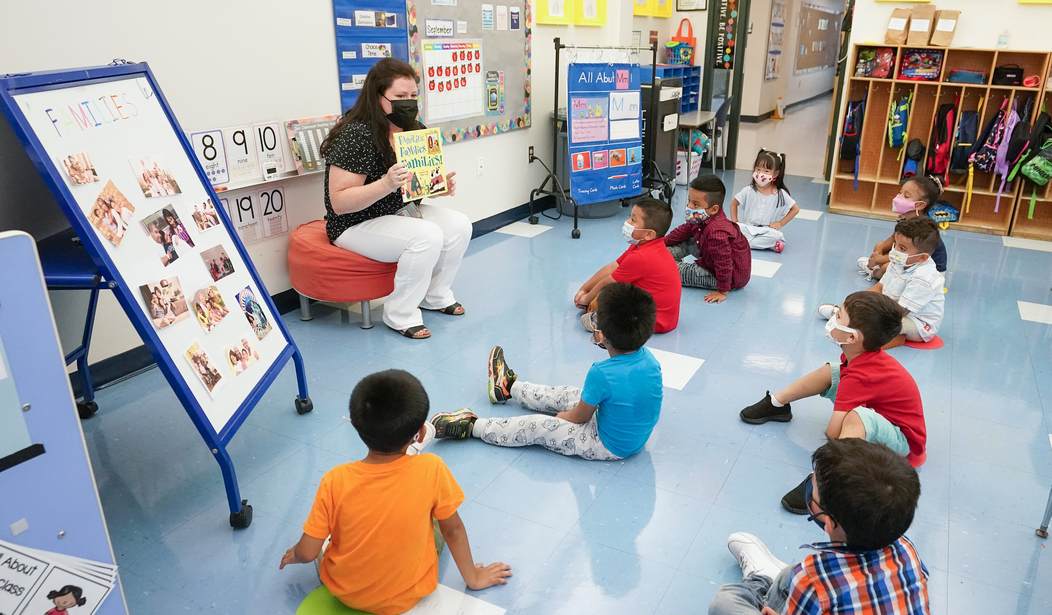Do you have a highly intelligent child who struggles with writing and spelling? A child who, despite good scores on standardized tests, is performing below his “potential”? If so, you may be the parent of a “stealth dyslexic.” According to learning experts, dyslexia manifests itself in a variety of ways beyond the most common form where individuals reverse letters and have difficulty learning to read. Indeed, stealth dyslexics often learn to read quite easily because of their outstanding memories and ability to compensate for their deficits. But because of this, their learning disability is often not detected until later in life.
According to school psychologist Jim Forgan, “These highly intelligent or gifted children compensate for their dyslexia because they learn to rely upon their outstanding memory, keen intuition, and general smarts to work around their reading weaknesses.” Stealth dyslexia often goes undetected until the child is in third grade or older. “Your child may have stealth dyslexia if they are very smart and can read but don’t enjoy reading and rarely read for pleasure. Many of these children don’t read for pleasure because it’s laborious and mentally exhausting,” says Forgan.
Teachers often think that these obviously smart kids are lazy, inattentive or “not applying themselves” because they have precocious verbal skills and many, in fact, have high verbal IQs. According to the Davidson Institute, there is often a huge gap between the child’s verbal skills and the ability to read and write, especially as the student progresses to more difficult assignments in the middle school years. The Davidson Institute says that children with stealth dyslexia tend to exhibit some of the following characteristics:
1. Difficulties with word processing and written output.
2. Reading skills that appear to fall within the normal or even superior range for children their age, at least on silent reading comprehension.
3. Difficulty remembering how to form individual letters (resulting in oddly formed letters, reversals, inversions, and irregular spacing.
4. Difficulty remembering the sequence of letters or even sounds in a word.
5. Difficulties with sensory-motor dyspraxia, or motor coordination problems resulting in handwriting problems.
6. An enormous gap between oral and written expression.
7. Spelling errors in children’s written output that are far out of character with their general language, working memory, or attention skills.
8. Persistent difficulties with word-for-word reading skills, resulting in subtle word substitutions or word skips; which can result in significant functional problems, especially on tests. This occurs despite the appearance of age-appropriate reading comprehension on classroom assignments or standardized tests.
One of stealth dyslexia’s most noticeable manifestations is the enormous gap between oral and written expression. According to the Davidson Institute, “Even extremely precocious adolescents with outstanding oral language skills, remarkable knowledge bases, and extremely lively minds can produce written documents of such brevity and simplicity that they look as if they’d been written by a struggling third grader.”
The Davidson Institute says that, “Typically, the children we see with stealth dyslexia struggle through elementary school, performing well below their potential and often making superhuman efforts just to keep up. When they meet the heavier writing demands (as well as more complicated reading assignments) in middle and high school, they frequently find themselves unable to keep up. A downward spiral of failure and despair is often the result.”
Because of their ability to compensate for the learning disability, especially in the early grades, students with stealth dyslexia are often overlooked in the classroom and may not qualify for opportunities to participate in early intervention in school.
Despite the challenges, according to Forgan, these children are often uniquely gifted. “Children with stealth dyslexia are often great builders because they have great visual-spatial abilities and strong 3D mental rotation. These children see the big picture. They have language strengths with oral language and have a rich vocabulary.” He adds that they are also interesting to talk to because of their strong critical thinking skills and general knowledge.
Studies have shown that there is a strong link between dyslexia and entrepreneurship. In one survey of 139 business owners, more than one-third identified themselves as dyslexic. According to Julie Logan, author of the study at the Cass Business School in London, “We found that dyslexics who succeed had overcome an awful lot in their lives by developing compensatory skills.” Logan said, “If you tell your friends and acquaintances that you plan to start a business, you’ll hear over and over, ‘It won’t work. It can’t be done.’ But dyslexics are extraordinarily creative about maneuvering their way around problems.” She said that dyslexics learn early on to delegate tasks in their areas of weakness to reliable individuals, which is an essential entrepreneurial skill.
Author Malcolm Gladwell told Forbes, “We see so many entrepreneurs who have dyslexia. When you talk to them, they will tell you that they succeeded not in spite of their disability, but because of it. For them, they view their disability as desirable, ultimately.”
If you think your child is a stealth dyslexic, having him tested by an individual who is qualified to diagnose learning disabilities can be an important step in identifying the reasons for the learning difficulties. Demystifying the learning issues can often come as an enormous relief to the child and the parents. It can also greatly improve the situation in the classroom when teachers understand that the child is not lazy or inattentive, but rather, is struggling with a learning disability.










Join the conversation as a VIP Member